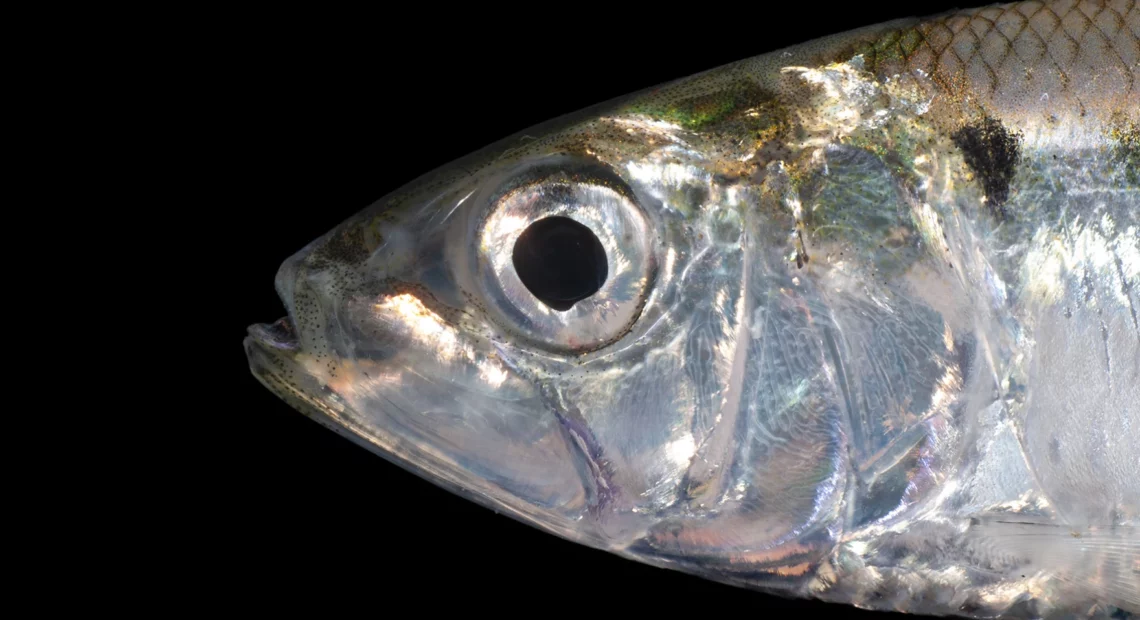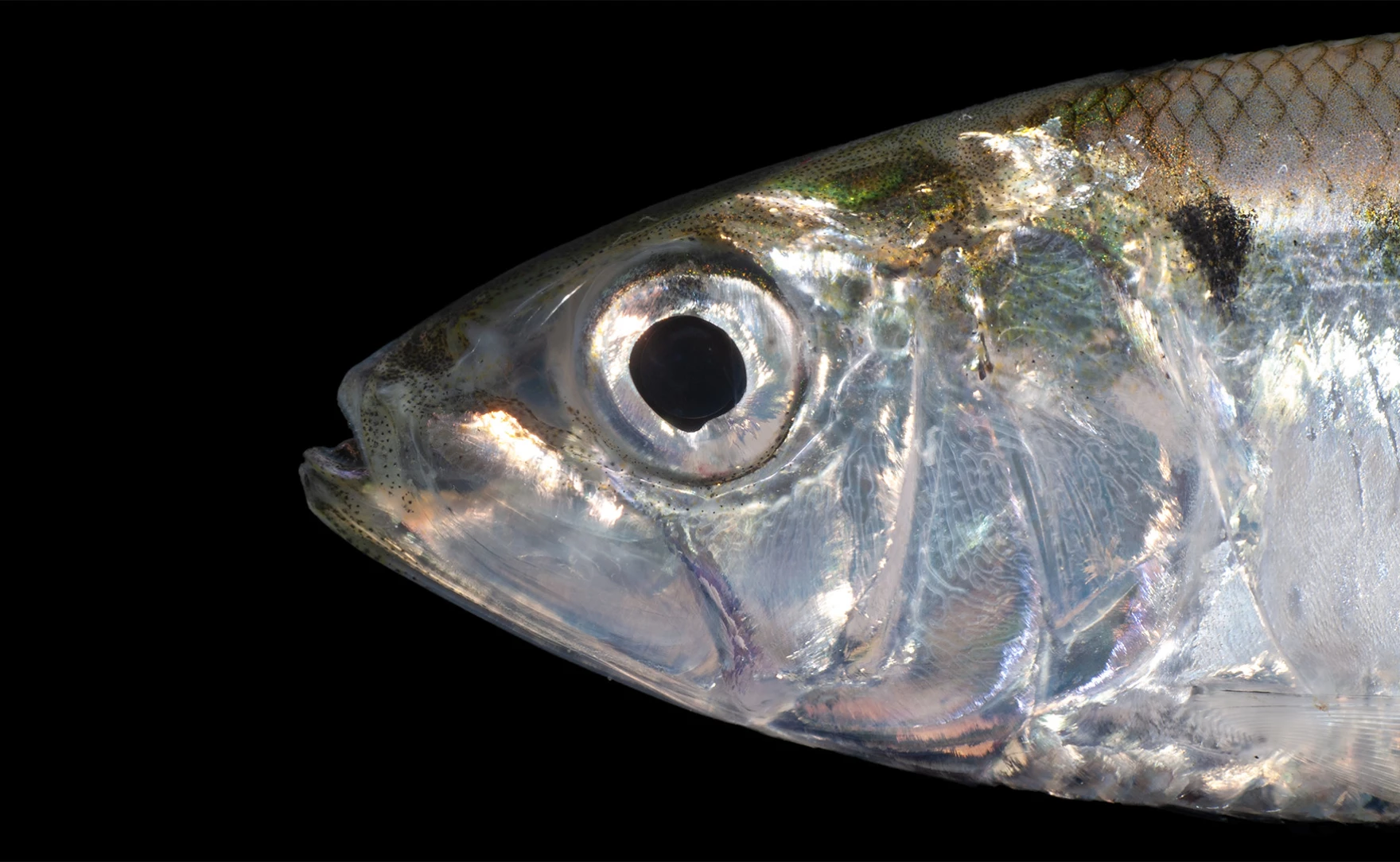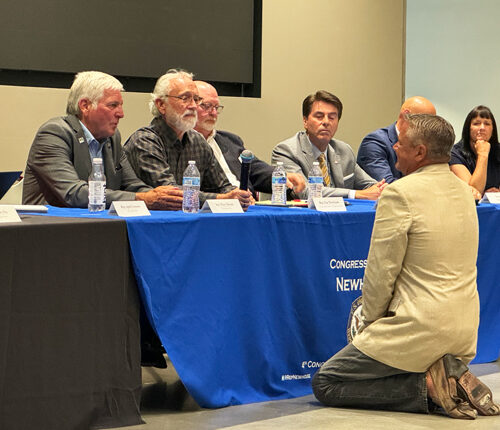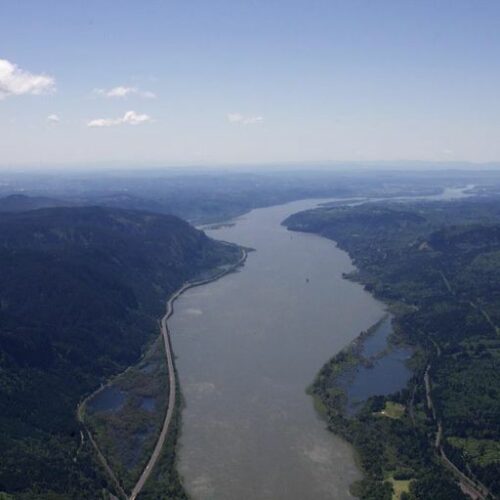Salmon and steelhead in the Columbia River Basin could have another mounting challenge: a horde of American shad.
In recent years, non-native shad migrating past Bonneville Dam on the Lower Columbia greatly outnumbered the total salmon and steelhead counted at the dam, according to a recent report presented to the Northwest Power and Conservation Council.
“We’re starting to see shad at multiple times the number of salmon and steelhead,” said John Epifanio, lead author of the report. “Shad are the dominant species now that appear to be passing over the dam.”
However, less is known about how the shad boom might affect native salmon and steelhead runs, Epifanio said.
That uncertainty is why an independent science advisory board wanted to alert the policymakers to the growing number of shad. Much still needs to be learned about their effect on the ecosystem, Epifanio said.
For instance, he said, little is known about whether shad are competing for the same food as salmon or whether they might eat young salmon. In addition, little is known about what mammals or birds might eat shad.
The biggest question is whether shad could contribute to the decline of salmon and steelhead or whether shad merely could take advantage of the lack of salmon, Epifanio said.
“At a gut level, with millions of adult fish running up the river, how can they not have an impact on the ecosystem?” he said.
Although shad aren’t native to the Pacific Northwest ecosystem, the bony fish have been in the region for more than a century.
Shad first made it to the West Coast in the 1800s, traveling from the East Coast, Epifanio said. By the 1890s, they had been observed in the Columbia, he said.
Shad numbers remained at a low level until the construction of Bonneville Dam, the farthest upstream dam.
“All of the sudden that facilitated the ability of shad to move upriver, and we also started counting these things,” Epifanio said.
With the hydropower system allowing shad to swim upstream, their numbers began to slowly increase, he said.
In addition, Epifanio said, shad benefit from ideal conditions, including the slower water flow, warmer water temperatures brought on by climate change, and recent warming patterns in the ocean near the coast.
Since the 1960s, shad numbers have grown around 5% each year, according to the report. Some years, shad comprised more than 90% of fish counted at the Lower Columbia River dams.
“There’s no real sign that the upward trend is leveling off,” Epifanio said.
The trend could mean shad become the predominant migrating fish in the Columbia River, according to the report.
Even with so many fish, West Coast consumers aren’t used to the oily, bony shad, he said.
“There’s often a perspective that all we need to do is fish the heck out of them,” he said.
Right now, that wouldn’t work with shad, he said, because there simply isn’t a consumer demand for them.
In addition, salmon and steelhead often are tangled up as bycatch in nets that catch shad, he said.
“You have to be careful about going for an overly simple solution that may not really work,” Epifanio said.
To learn more about American shad, researchers at Pacific Northwest National Laboratory are developing a small fish tag that could help study the juvenile fish.
In addition, the developers of Whooshh Innovations, also known as the salmon cannon, have suggested a scanning system on the Whooshh Innovations passage technology could keep shad below the dams.
In a Darwinian turn, while American shad appear to have successfully adapted to the West Coast, native shad are declining quickly all along the East Coast, Epifanio said.
“It’s a fascinating case study of how a species has adapted to a novel environment,” Epifanio said. “If we can figure that out, it has broader implications to other species of fish in other settings.”




















